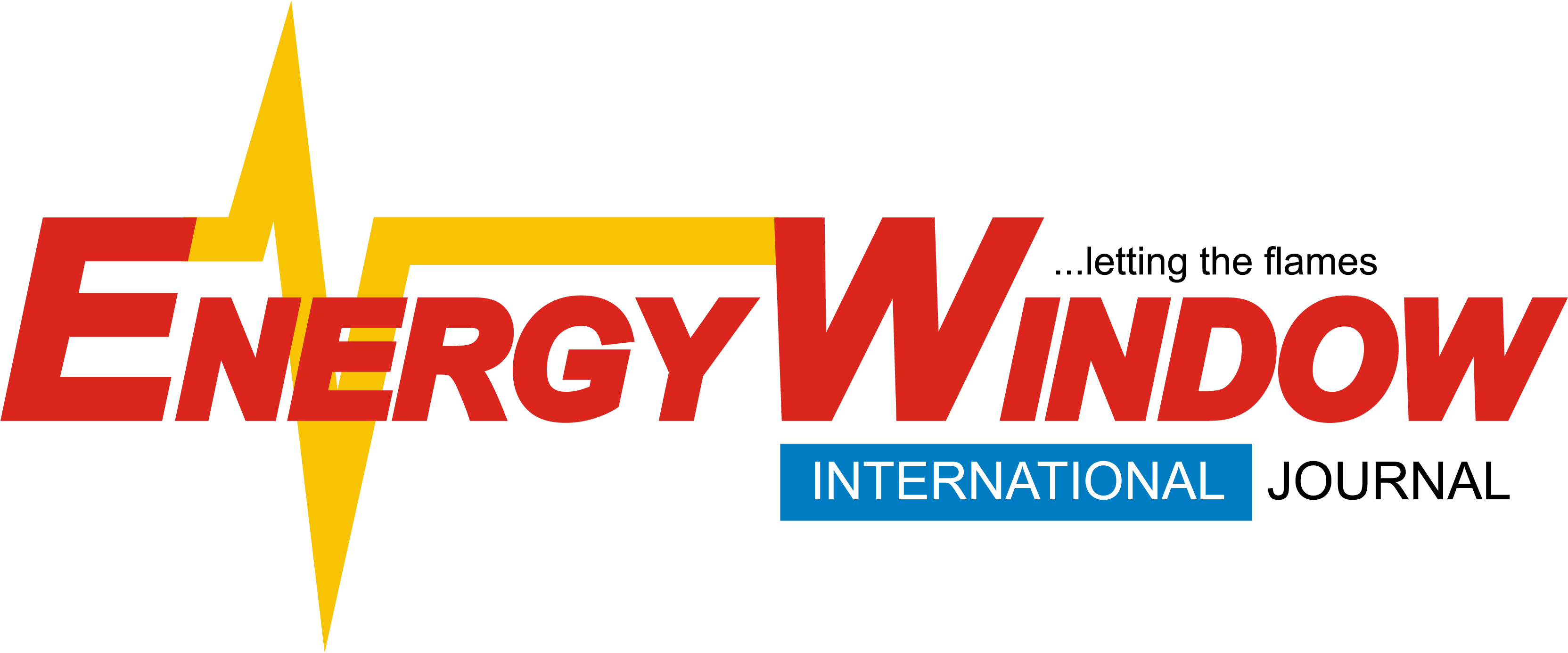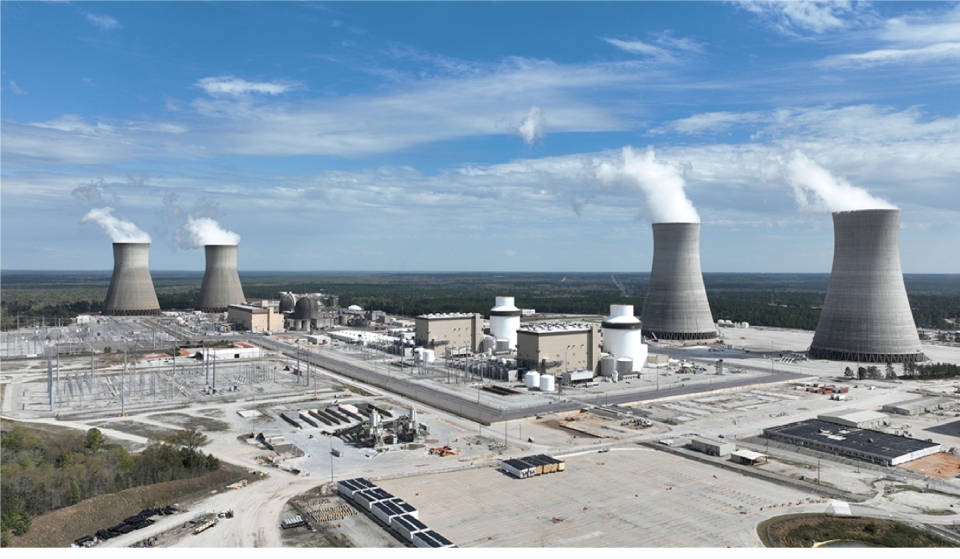By Stephanie Daniels
- Small Modular Reactors (SMRs) emerge as preferred technology despite cost premium
EWI (Media) Southeast Asia’s nuclear ambitions will require US$208 billions of investments to develop 25 GW of capacity by 2050, with small modular reactors (SMR) emerging as the preferred technology despite significantly higher costs, says Wood Mackenzie in its latest report which now appears conflicting with its initial prediction and forecast.
At the moment, Southeast Asia, Woods said, has no operational nuclear capacity but rather relies heavily, Woodmac says, on coal and gas for baseload power. The report notes the mounting pressure on the region at the moment to decarbonise coupled with the concerns for energy security which as EWI (Media) learnt, are currently driving some kind of renewed interest in nuclear technology across the region.
Robert Liew, Director, Asia Pacific for Renewables said: “Nuclear power offers Southeast Asian governments an interesting proposition: emissions-free baseload power that can be deployed without major grid upgrades.”
“Yet the region’s limited operational experience raises significant risks around political opposition, cost overruns and long-term uranium fuel security.”
SMR technology Woods said now looks like the preferred nuclear option in the region notwithstanding its potential high generation cost of US$220/MWh by 2050, more than doubling the US$101/MWh for large conventional nuclear power plants.
“Regardless of upfront capital requirements, small modular reactors offer significant advantages in deployment speed and regulatory complexity,” says Liew. “Historically, permitting for large nuclear plants has taken five to 15 years, with construction adding another five to 15 years on top of that. In contrast, SMRs can move from approval to operation in just two to three years if supportive policies are already in place. That rapid timeline could be transformative for markets like Southeast Asia, where the demand for faster energy transitions is only intensifying.”
Afterall, among the Southeast Asia countries, only Vietnam and the Philippines have announced plans for large nuclear facilities so far, says the report which also pointed out Vietnam as the only country with the likelihood of deploying a pressurised water reactor (PWR) nuclear power plant. A limited adoption which according to the report highlights the substantial financial and technical challenges associated with large-scale nuclear development in emerging markets.
Vietnam is likely to lead in regional nuclear development, taking into cognizance its alleged plans to expand its capacity as early as 2030. “Vietnam’s government is aggressively aiming for its nuclear installations to reach between 10.5 and 14.0 GW by 2050”, says Woods. “The costs associated with new nuclear PWRs are already lower than those of the planned LNG-to-power fleets, positioning nuclear energy as a competitive alternative for Vietnam.”
Along this regional development blocks are Malaysia which plans to deploy SMRs by 2035, targeting 1.2 GW by 2050 (delayed from original 2031 target due to regulatory challenges) according to Woods.
EWI (Media) also learns that Philippines is equally exploring SMR deployment, aiming for 2.4 GW by 2050, though Woods says it predicts that only half of this capacity will be achieved.
Others include Thailand which EWI (Media) learnt has the potential to reintroduce nuclear with 600 MW by 2037, expanding to 3 GW by 2050 (5% of power generation mix). Indonesia has a 10-year electricity supply plan for 2025 until 2034, with Rencana Umum Perencanaan Tenaga Listrik (RUPTL) which also includes two 250 MW SMR units, targeting 5% nuclear generation by 2040. And Singapore is expected to add 0.8 GW by 2050, potentially reducing reliance on imported LNG and clean electricity imports
Woods says that despite higher upfront costs, small modular reactors could open new opportunities in the corporate power purchase agreement (CPPA) market.
“SMRs can broaden CPPA options for reliable, low-emission baseload power in wholesale markets,” says Liew. “This directly addresses a critical gap in the region’s clean energy offerings for large corporate buyers seeking reliable renewable alternatives.”
Report also indicated that national utilities could emerge as key off-takers for Southeast Asian nuclear power, “often co-investing in projects through public-private partnerships to bridge significant capital requirements while sharing development risks”.
Wood Mackenzie said it expects nuclear power to enable lower wholesale power prices in higher cost liberalised markets such as Singapore and the Philippines where according to it, price sensitivity is driving adoption decisions, creating a compelling economic case despite substantial upfront investment requirements.
“While nuclear offers a clear pathway to emissions reduction and energy security, the substantial investment requirements and technological risks require careful consideration by regional policymakers and investors,” Liew concluded. “The success of the region’s nuclear dream will depend on developing appropriate regulatory frameworks and securing experienced international partners.”

